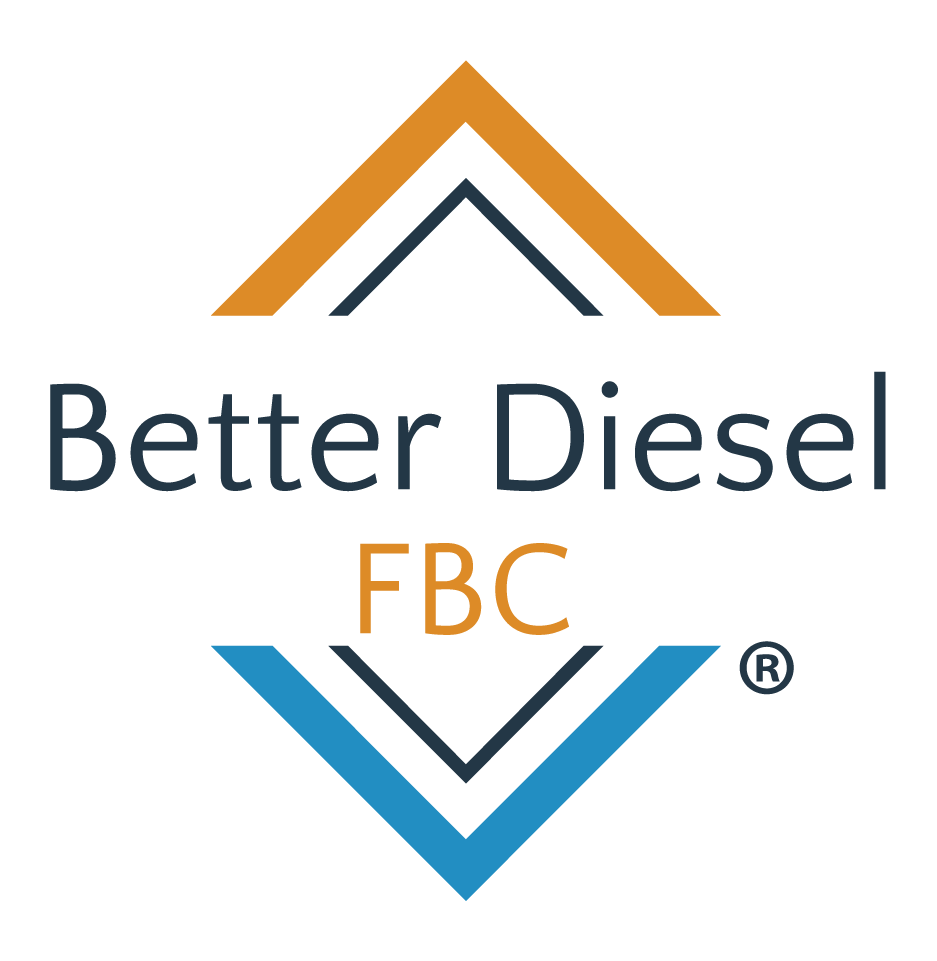We have results from a controlled rolling dyno engine test using Better Diesel FBC…
Here are the results:
- 12% reduced fuel consumption at 1400 rpm and 30% load
- 14% reduced fuel consumption at 1400 rpm and 60% load
Test engine: This engine is a 2016 Cummins ISX CM2350 rated at 550 hp mounted in a Kenworth W900 “SuperCab”. There were 272,476 miles on the odometer when the evaluation period began in April. When the test concluded at the end of July the odometer read 308,218 miles. The ECM program used throughout testing was “stock”.
Test set-up: The engine testing was done using a Taylor rolling dynamometer at fixed rpm and load. The stack exhaust emissions were sampled and analyzed using a PEMS (Portable Emissions Measurement System) manufactured by Sensors Inc using 40 CFR Part 1065 compliant methods for certifying engine fuel consumption. This EPA method for measuring fuel consumption eliminates any influence of extrinsic variables such as wind and rolling resistance, driving style, and terrain.
ECM report: The DPF regeneration performance was nothing short of outstanding. There were only 6 completed regens logged by the ECM over the 30,460 mile test period. Each DPF regeneration consumed 1.5 gallons of diesel. The calculated regeneration interval was 5,077 miles. These results were obtained with the combination of the Better Diesel™ FBC fuel treatment and the soot cyclone filter, “Dorothy” as manufactured by Pittsburgh Power. Approximately one (1) ounce of soot was found accumulated in “the Dorothy” after each of two (2) oil changes at intervals of ~15,000 miles. The engine oil analysis reports were normal.
Driver observations: The driver noted smoother, quieter engine operation and better pulling power with use of the FBC. We then compared the rolling dyno test results to the manually logged fuel consumption and mileage records. The manually calculated baseline MPG was 5.2 and gradually increased over the first month of treatment with the fuel catalyst. After three months the driver-logged MPG was 5.85 MPG, all on summer diesel. This was an increase in MPG of 13% which included the initial clean-up and conditioning time. The manually calculated fuel economy for the last 2 months of the test period was 5.94 MPG, an increase of 14%. These results are consistent with the rolling dynamometer results, above, that were obtained under stringently controlled engine operating conditions of rpm and load.
Better Diesel™ FBC is registered on the US EPA list of approved fuels and fuel additives under CFR 40 Part 79.
